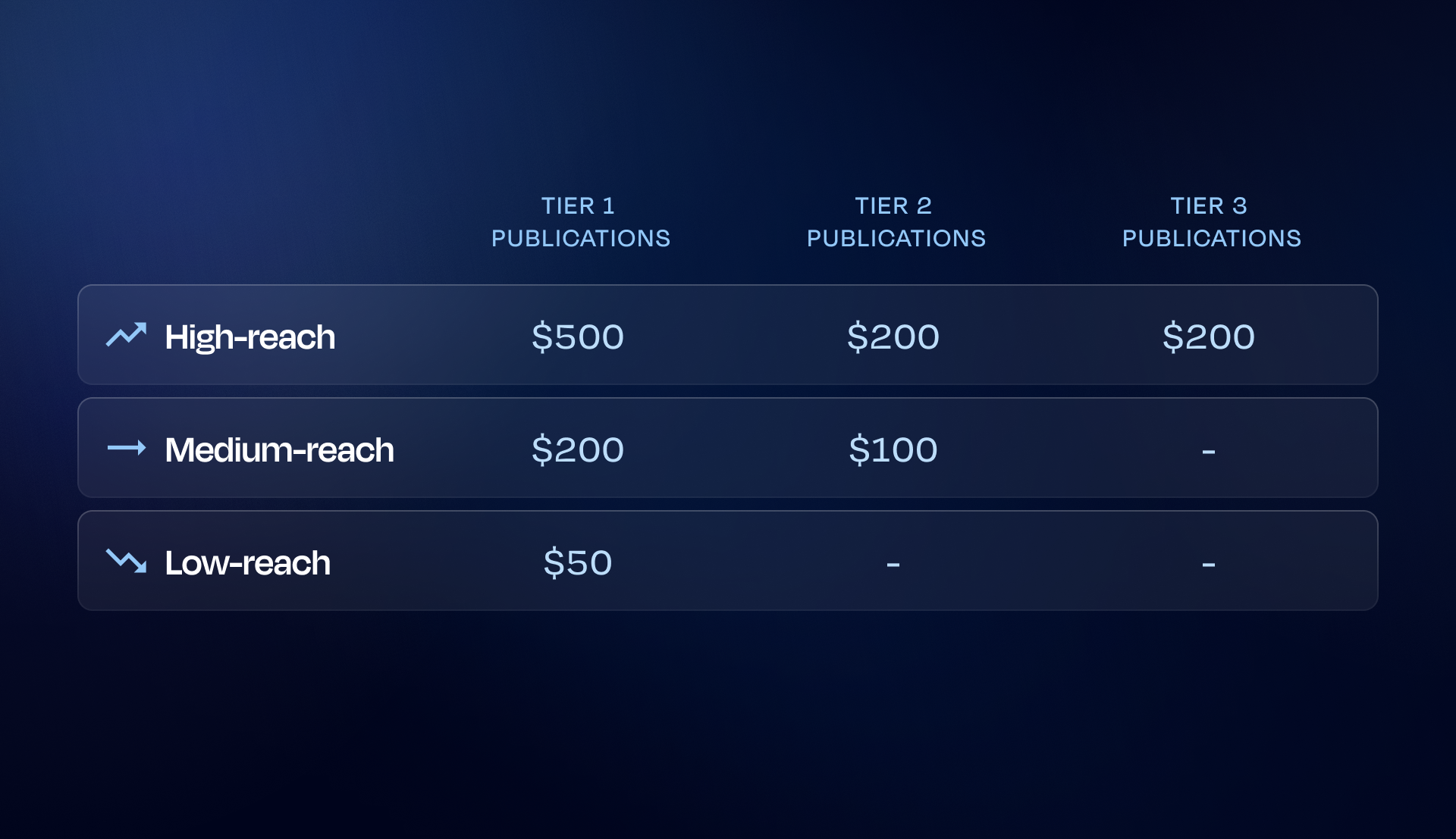Write for Deepnote
Remote
Deepnote is a next-generation data notebook — a beautiful new type of computational medium that helps data teams solve the most challenging problems they face today.
As part of our mission, we’re sponsoring writers and content creators to publish high-quality posts that help data scientists and data analysts.
We are currently looking for contributing writers to help us create high-quality guides on exploratory analysis, data science, and collaboration within data teams.
✍️ Why write for Deepnote?
📖 How does it work?
1. Send us an email at work@deepnote.com. Please tell us a little about yourself and include links to 2-3 of your previous articles that demonstrate your expertise and writing ability. If you don’t have existing articles, please submit an article you plan to publish.
2. We will evaluate your application within a week and get back to you. If we think it could be a fit, we will schedule an intro call and chat about how we can work together.
3. Start writing and publishing!
4. 14 days after your article is published, you send us a screenshot with stats about the reach so that we can calculate your reward accordingly.
5. You send us an invoice for the agreed amount and get paid!
📌 Topics of interest
We are particularly interested in the following topics:
You might have noticed that we generally prefer topics that are relevant in the business context.
The format is fairly open — from articles to YouTube videos to LinkedIn posts and more.
Each article needs to mention and link to Deepnote. For example, if you are writing a tutorial on collaboration, you could link to one of our blogposts on collaboration. If you are writing about Snowflake, you could link to our integration with Snowflake. If you are writing a tutorial on exploratory analysis, you can link to a notebook the readers can use as a template.
💰 Compensation
We try to match the compensation as closely as possible to the value it brings to data folks. We sponsor high quality content, but if people don’t see it they can’t get value from it. As a result, the compensation depends on the amount of traction your content receives:

How do we classify reach?
How do we classify publications?
Content that no one sees is not valuable content. We look at the reach in the first 14 days after publishing to encourage writers to distribute their content to data professionals.
There is no easy way to do this and each publication is pretty unique (especially non-traditional content formats), but below is a rough guideline on to think about it.
ℹ️ A few rules for your article to qualify
💡 Tips
✉️ Thanks for reading and looking forward to hearing from you!